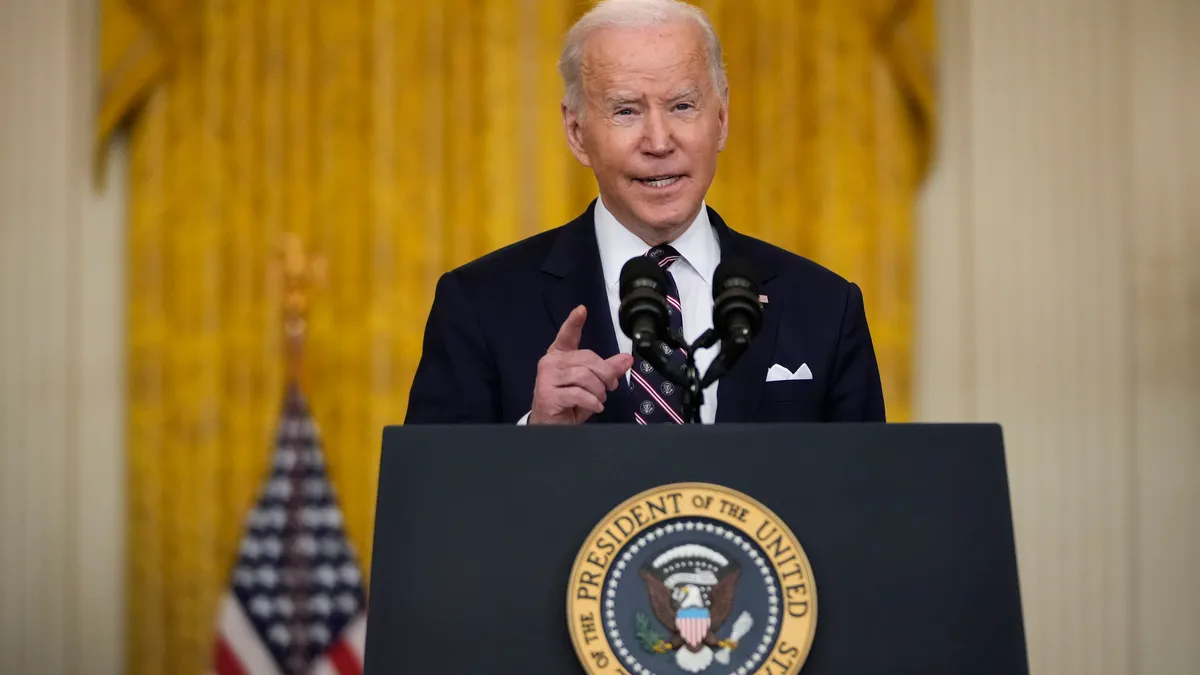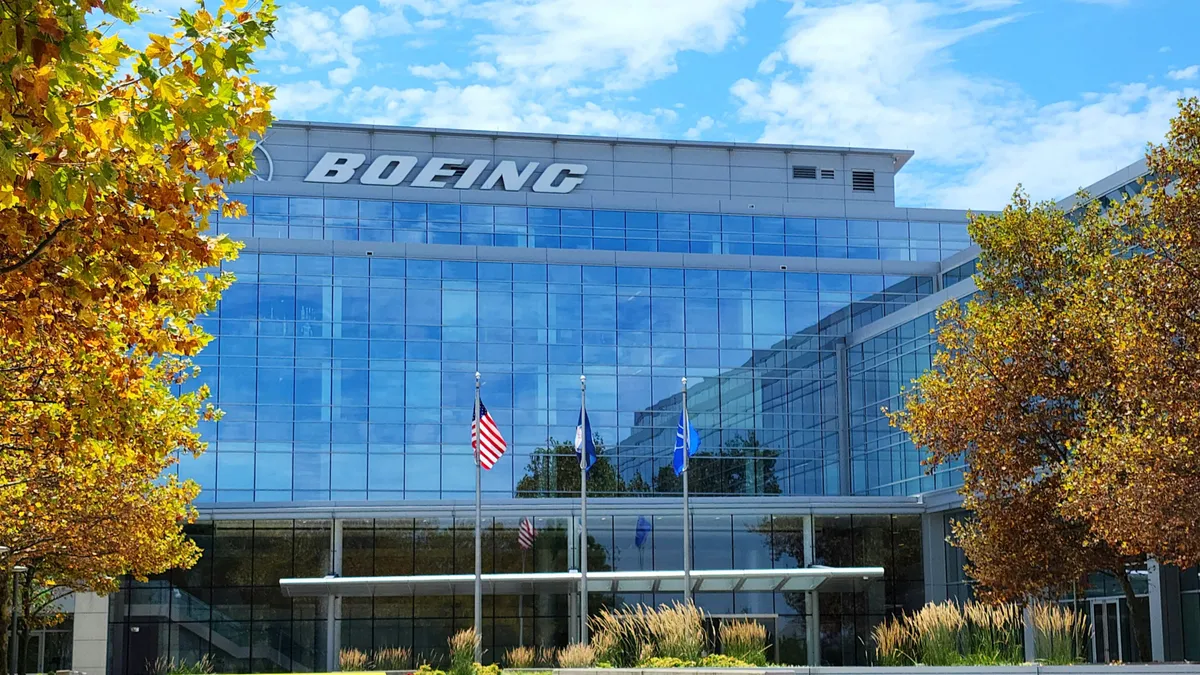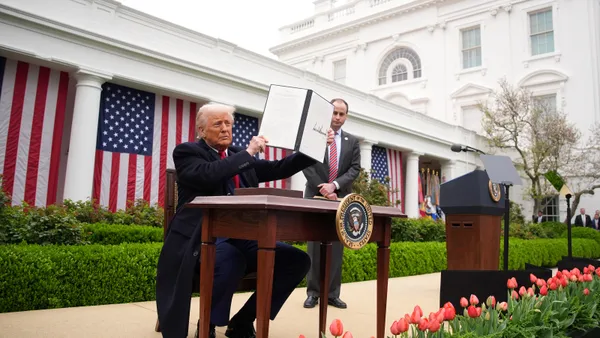The Office of the U.S. Trade Representative finalized its plan Friday to raise tariffs on a slew of goods made in China, largely adopting hikes it first proposed in May.
The heightened tariffs go after strategic product categories, including electric vehicles, batteries, critical minerals, semiconductors and solar cells. The final tariff structure includes 14 product categories that cover thousands of items.
The first tariff hikes are set to go into effect on Sept. 27, with the next increase dates at the start of 2025 and 2026.
The Biden administration's dramatic hikes for this year include a 100% tariff on electric vehicles, a 25% tariff on lithium-ion EV batteries and a 50% tariff on photovoltaic solar cells. A 50% tariff on semiconductors made in China will go into effect in 2025.
The final plan provides additional relief for ship-to-shore cranes, which are set to get a 25% tariff that begins this year. The final structure will allow exclusions for cranes ordered prior to May 14, 2024 and that enter the country before May 14, 2026.
The updated structure hones in on increased tariff rates for medical supplies.
The administration initially proposed a 25% tariff on face masks — that increase will still go into effect this year, now followed by a 50% tariff in 2026. USTR took similar action on medical gloves, upping its initial 25% tariff proposal to a 50% tariff in 2025 and a 100% tariff in 2026.
Finally, it decreased the number of allowed exclusions for solar manufacturing equipment from 19 to 14. It eliminated five exclusions for solar manufacturing module equipment.
The federal agency had previously pledged to finalize the new tariff structure by the end of last month, delaying the process by two weeks.













